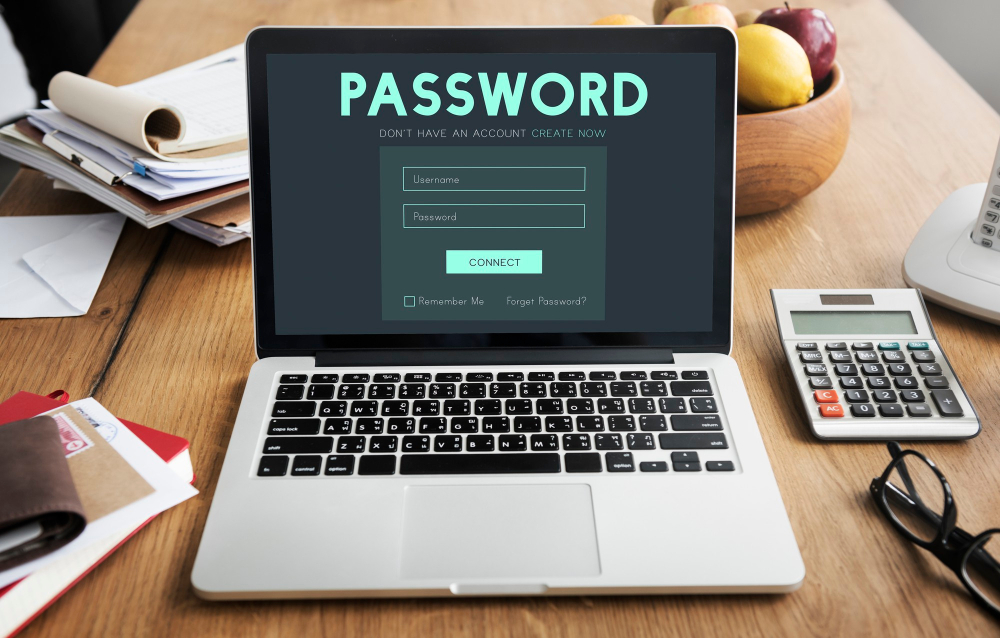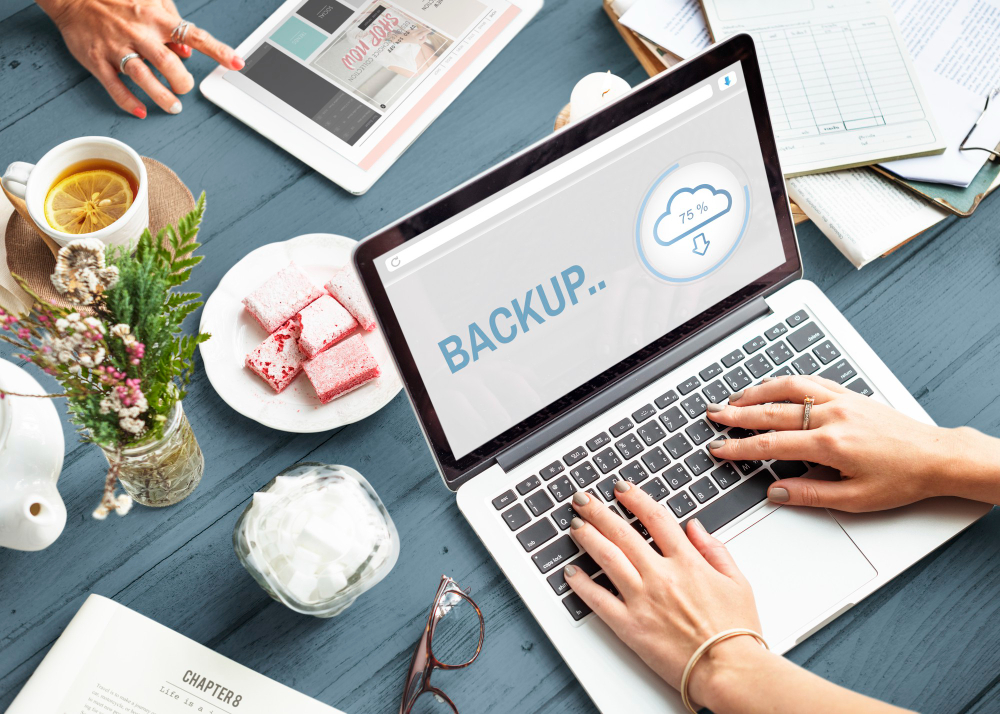Setting up a new website is an exciting and technically challenging process. Between choosing the best hosting service and figuring out which WordPress theme to go with, how to protect your privacy online probably doesn’t appear high up on your list of priorities. But it should.
Cybersecurity is an often-neglected aspect of website development. However, this can have disastrous consequences for both you and your website’s users, ranging from malware to identity theft.
Here are the five worst cybersecurity mistakes to avoid.
1. Not Using HTTPS
Table of Contents
To start with, it’s important to use a strong SSL certificate when setting up your website, especially if you’re planning to have any kind of information with your users or to collect information like email addresses and phone numbers.
An SSL certificate allows you to secure your domains through HTTPS – the secure version of HTTP Hypertext Protocol. This makes your data harder to intercept and encrypts it for extra security.
2. Using Weak Passwords

Is your WordPress admin account name “admin?” And your password “password”? Then you are an easy target for cybercriminals, along with all the users of your website whose data you collect.
Changing the name of your admin account and using a complex password is essential to secure your website. The same goes for anyone else who has access to it if you have an entire team working on your site, set password standards, and enforce them.
WP Login LockDown is an effective tool for password and WordPress login page protection, providing enhanced security for your website. Here’s why and how you should use it:
- Protection against brute-force attacks: WP Login LockDown helps prevent brute-force attacks by limiting the number of failed login attempts. You can set a specific threshold, and if someone exceeds that limit, their IP address will be locked out for a designated period. This feature ensures that malicious actors cannot repeatedly guess passwords and gain unauthorized access.
- IP blocking for suspicious activity: The plugin also allows you to block IP addresses that exhibit suspicious login behavior. If an IP address repeatedly fails login attempts or shows signs of malicious intent, WP Login LockDown can automatically block it, further strengthening your website’s security.
- Customizable lockout settings: WP Login LockDown enables you to configure lockout settings according to your preferences. You can specify the number of failed login attempts allowed, the lockout duration, and even customize error messages. This flexibility allows you to tailor the plugin’s behavior to suit your security needs.
To use WP Login LockDown for password and WordPress login page protection, follow these steps:
- Install and activate the WP Login LockDown plugin from the WordPress plugin directory.
- Access the plugin’s settings through the WordPress dashboard.
- Set the desired number of login attempts allowed before a lockout occurs.
- Configure the lockout duration, specifying how long an IP address should be locked out after reaching the limit.
- Customize any additional settings, such as error messages or IP whitelisting.
- Save your changes and test the plugin by attempting to log in with incorrect credentials to see if the lockout mechanism is functioning as intended.
By utilizing WP Login LockDown for password and WordPress login page protection, you can significantly enhance the security of your website and reduce the risk of unauthorized access attempts.
3. Missing Out on Cybersecurity Plugins
With the increasing number of cyber-attacks out there, multiple plugins have been developed to give your website an extra layer of security.
However, many new website owners don’t bother to install these plugins. Either they don’t know they exist or don’t believe they are a target for cybercriminals.
In any case, ignoring cybersecurity plugins is a mistake. These plugins offer round-the-clock protection to your site. They ward off spam, hackers, and malware and help you flag suspicious activity. Plus, many of them offer free versions to help you put a basic level of security in place.
4. Failing to Stress-Test Your Site
How do you know if your site could withstand an actual attack once you’ve put in place all the security measures at your disposal? You don’t. Not unless you subject it to a stress test.

This means you have a professional ethical hacker simulate an attack. They’ll try to exploit gaps in your security to add malicious code to your web apps. They’ll attempt to impersonate other users.
They might also launch SQL injection attacks or try to expose sensitive user data. Only once this test is complete, and your site has withstood it will you be able to say for sure if it’s secure.
Obviously, stress-testing your site takes some time and resources. However, if you ever plan to handle sensitive user data, it’s essential.
5. Not Having a Backup Strategy
Finally, one of the most common cybersecurity mistakes when setting up your website is to neglect planning for the worst. Despite your best efforts, it’s possible that your site will be compromised.

In the worst case, hackers might even lock it down for ransom. What then?
Putting a backup policy in place can save you from this situation. It means that you regularly back up your site’s code to secure storage so that you can recover it if need be.
Conclusion
Cybersecurity should be an integral consideration when setting up your website.
By avoiding the mistakes outlined above, you’ll be able to stay safe from the start, protect your users’ data, and leave cybercriminals gnashing their teeth in frustration.

